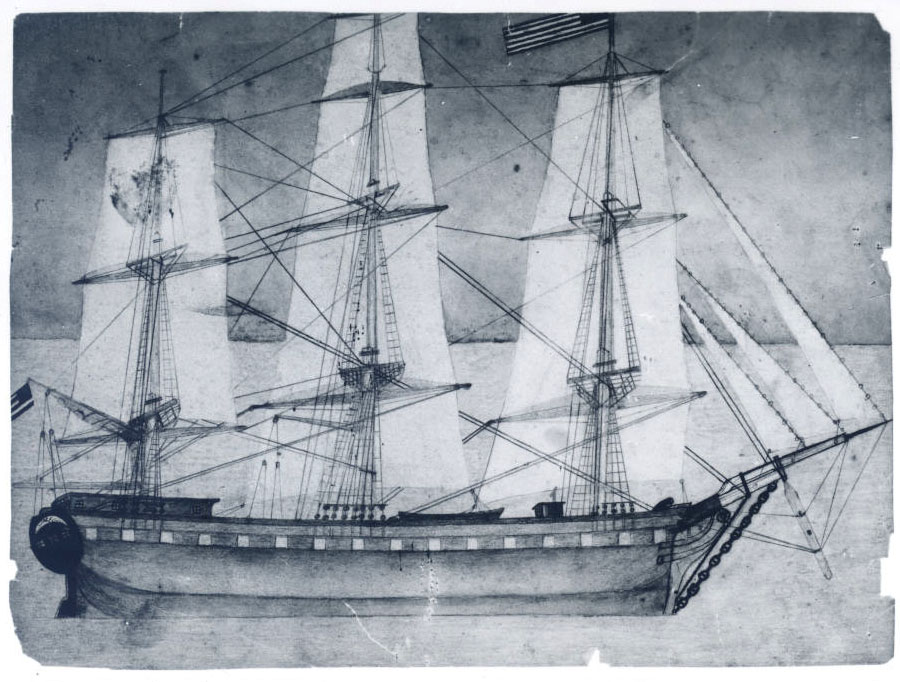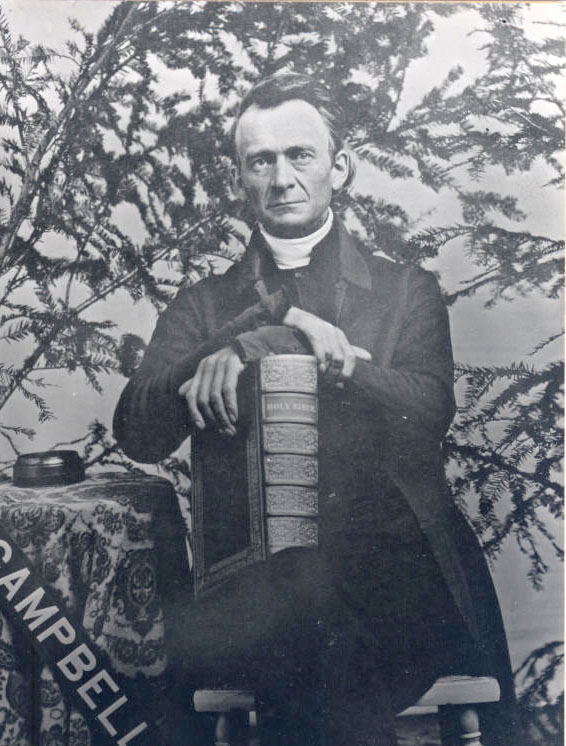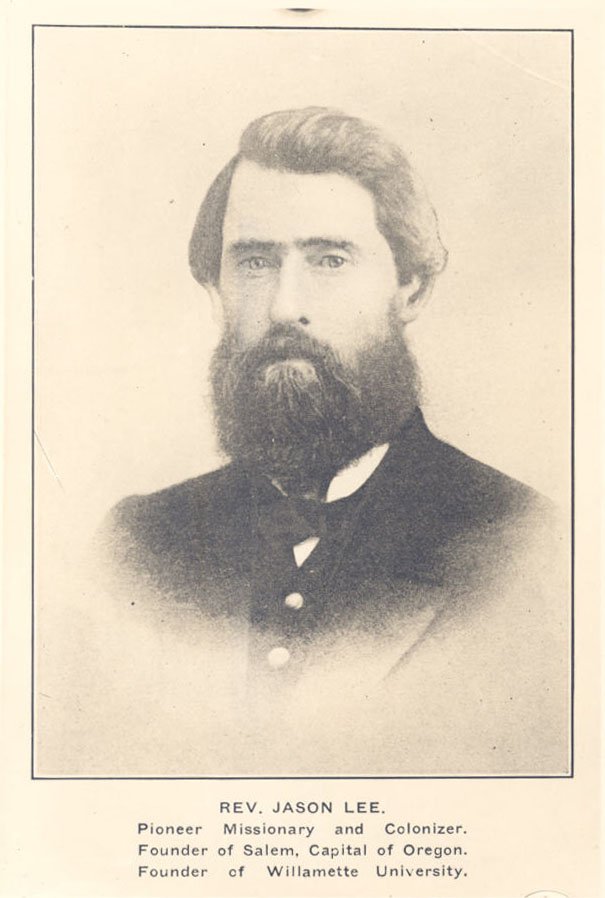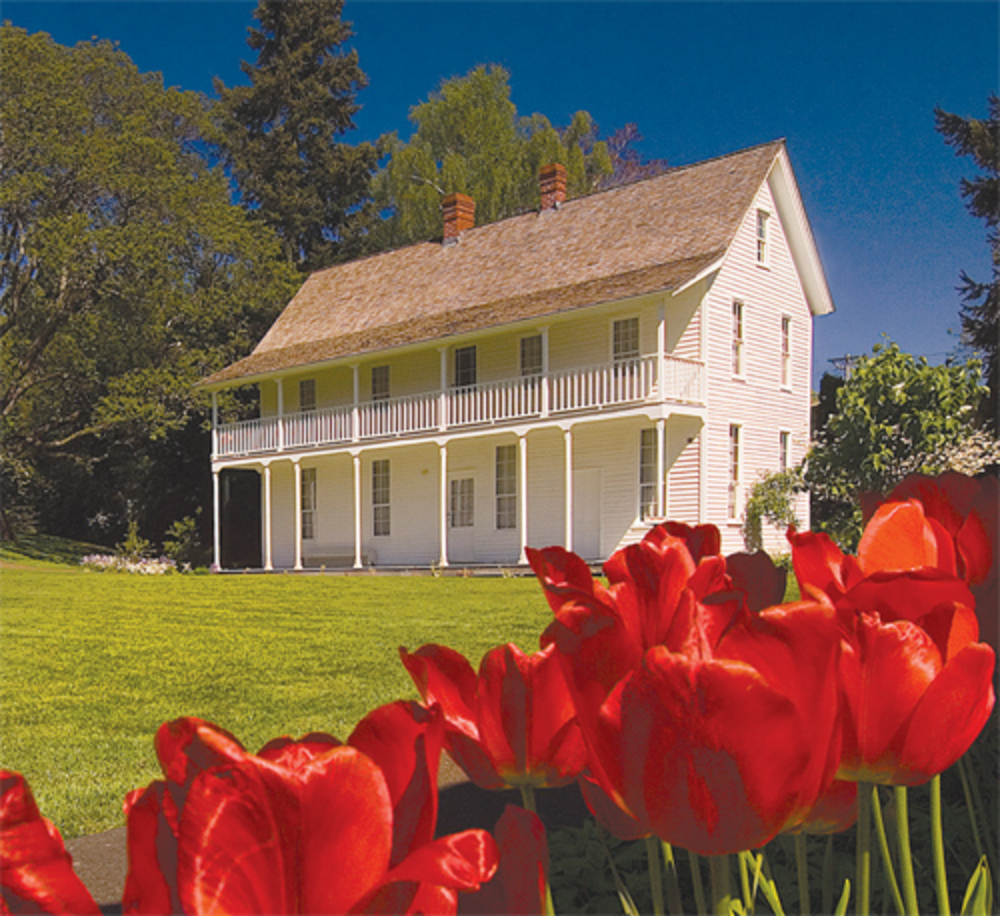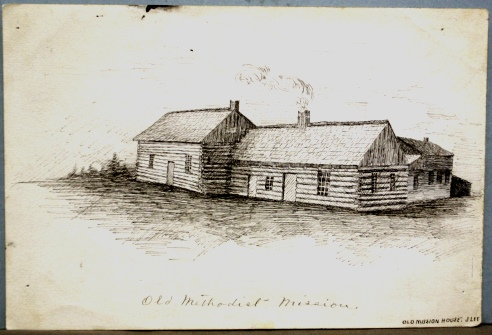One of the signal immigrations to Oregon came by sea in 1840, years before wagons plied the Oregon Trail. Fifty-one men, women, and children took passage on the 600-ton, three-masted barkentine Lausanne, leaving New York harbor in October 1839, with Captain Josiah Spaulding at the helm. The migrants arrived as reinforcements to the Methodist missionary enterprise to convert Native peoples to Christianity in the Pacific Northwest, an effort begun by Jason Lee in 1834.
The Great Reinforcement was Jason Lee’s solution to bolster the fortunes of the mission outpost in the Willamette Valley. In 1838, Lee had returned to New York, where he appealed for funds to support mission activities by visiting congregations from Baltimore to northern New England. He had with him William Brooks, a young Kalapuya and converted Christian who physically represented the Methodists’ ambition for their Oregon missions. Lee was confident he could raise money for the mission—Methodist congregants eventually raised $40,000 to fund the Lausanne voyage and resupply the mission—but he worried that “it will be more difficult to procure proper persons” to bolster the work.
Lee and the Missionary Society of the Methodist Episcopal Church desired married couples as missionaries; and in at least one case in 1839, they hastily pushed an unmarried man to take a wife before emigrating. The Missionary Society preferred men with carpentry or construction skills and women who could serve as teachers. The largely successful effort attracted several farmers, a blacksmith, and a few mechanics, along with four teachers, all single women.
After seven months at sea, sailing around Cape Horn, Spaulding brought the Lausanne over the Columbia River bar on May 21, 1840. By June 1, with the help of river pilots provided by John McLoughlin, the vessel made its way to Hudson’s Bay Company’s Fort Vancouver. The missionaries remained at the fort for nearly two weeks before they dispersed to missions in the Willamette Valley and Puget Sound.
Among the Lausanne’s Great Reinforcement passengers were men and women who played significant roles in Oregon cultural and political history, including George Abernethy, the first provisional governor of Oregon; Gustavus Hines, an organizer of the Champoeg political meetings in 1843; and Alvan Waller, a founder of Willamette University in 1842.
John Frost, Ira Babcock, Henry Bridgewater Brewer, Josiah Parrish, Hines, and Waller—all Great Reinforcement migrants—worked at mission stations on the Columbia and Willamette Rivers and on the Umpqua River in southern Oregon. In each location, the missionaries labored from one to several years with varying degrees of success. The Wascopam mission at The Dalles, for example, held large camp meeting revivals in 1840 and 1842 with reportedly a thousand or more Natives present during the multi-day encampments.
Despite their labors, members of the Great Reinforcement could not make the missions a success in converting Native peoples, but their work laid the basis for a strong Methodist establishment in Oregon.
-
![Members of the Reinforcement sailed to Oregon Country on the Lausanne]()
Lausanne.
Members of the Reinforcement sailed to Oregon Country on the Lausanne Courtesy Oreg. Hist. Soc. Research Library, 3114
Related Entries
-
![Alvan Waller (1808-1872)]()
Alvan Waller (1808-1872)
In most histories of Oregon, Alvan Waller appears most prominently as t…
-
![Jason Lee (1803-1845)]()
Jason Lee (1803-1845)
Few names in the history of early nineteenth-century Oregon are better …
-
![Jason Lee House]()
Jason Lee House
The house built for the Reverend Jason Lee in 1841 is the principal rel…
-
![Wascopam Mission]()
Wascopam Mission
Wascopam Mission, which operated at The Dalles from 1838 to 1847, was t…
-
![Willamette Mission]()
Willamette Mission
Willamette Mission was the first noncommercial agricultural community e…
Related Historical Records
Map This on the Oregon History WayFinder
The Oregon History Wayfinder is an interactive map that identifies significant places, people, and events in Oregon history.
Further Reading
Hines, Gustavus. A Voyage Round the World: With a History of Oregon Missions. Buffalo, NY: George H. Derby & Co., 1850.
Loewenberg, Robert. “The Lausanne Mystery Solved: A Note.” Oregon Historical Quarterly 76:4 (Dec. 1975), 359-367.
Loewenberg, Robert. Equality on the Oregon Frontier: Jason Lee and the Methodist Mission, 1834-43. Seattle: University of Washington Press, 1976.



